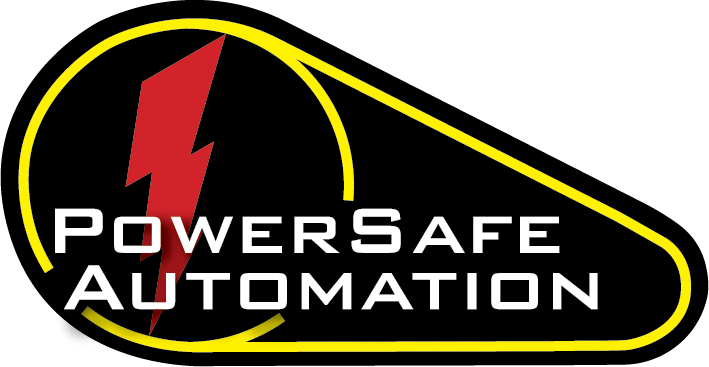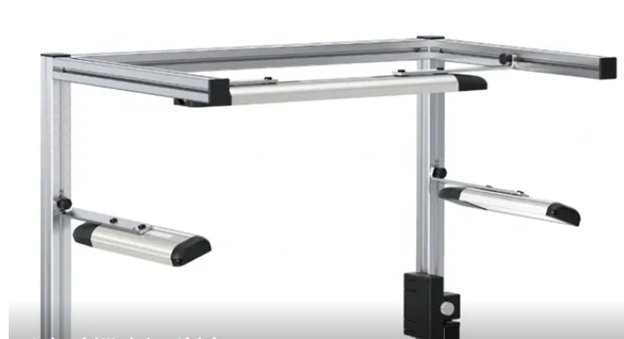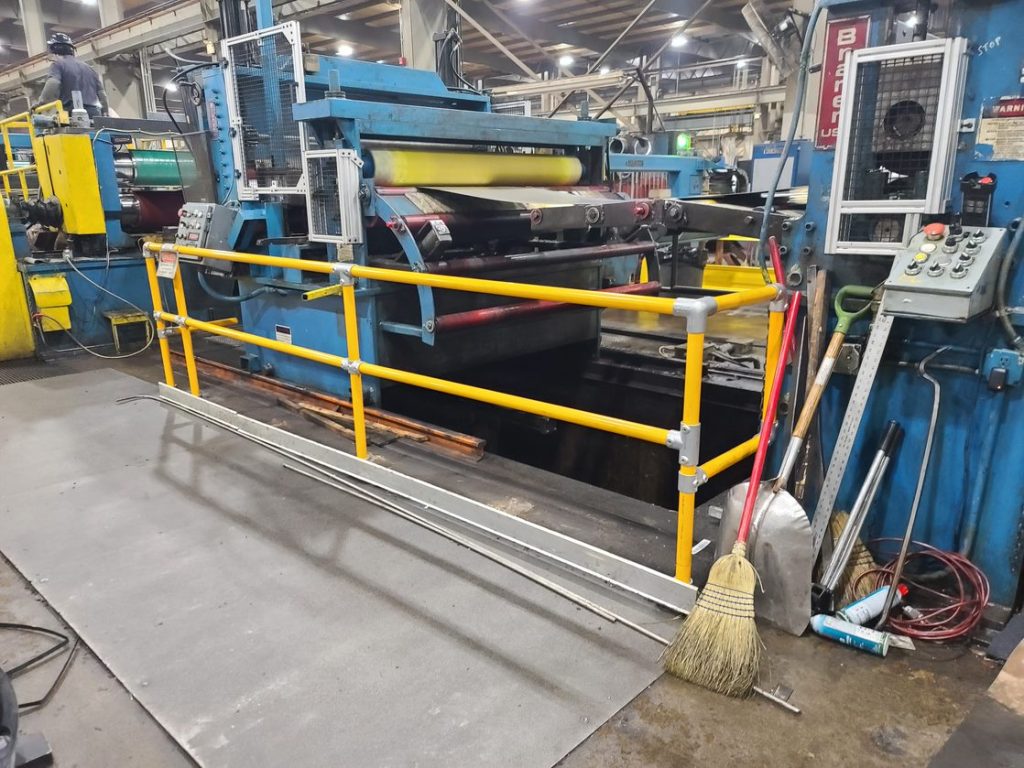Overcoming workplace safety attitudes must start with understanding of why the attitude exists at all. Workplace safety attitudes refers to how employees react to safety goals, policies & procedures, or new ideas & plans for accident prevention. The flip from positive to negative can happen in an instant due to the emotional connection workers typically have with their jobs and the ownership they take with their machines. This is influenced by adversity they’re faced with, incentive programs offered, and how empowered they feel.
Negative employees can increase turnover rates reducing safety, creating hostile work environments, deteriorating quality, and a decline in the bottom line. It is imperative the workers stay positive to help ensure an accident free workplace, which helps improve productivity, enhance quality, and reduce costs due to refined process efficiencies creating a more profitable company.
Change is not usually well received my most, but there’s a much better chance of success if you engage your workers. The people on the line know their jobs and their machines better than anyone. Seeking the input of those team members can be invaluable when trying to improve workplace safety. This also helps reduce negative mindset by making the employee see their input is valued.
It is human nature to want to do good, such as protecting themselves and their co-workers from harm. However, in this fast-paced world a lot of times production trumps safety for profit due to customer demands. This creates an environment of employees afraid to speak up in fear of being replaced, and there is an illusion that the facility is safe because people are not getting hurt or worse; justified allowances of recorded injuries are created. People are also used to status quo with their routines. Feedback such as “I’ve been running this machine for over 20 years and haven’t gotten hurt yet” or “if someone isn’t smart enough to stay away from the hazards, it’s their own fault if they get hurt” shows a high level of complacency. There’s a perception in the marketplace of how workers interact and respond based on tenure. Employees in the first few years are fearful of the machines, which could cause mistakes due to shaky confidence. Employees that have been with the company for 10+ years get comfortable creating complacency. Those in the middle appear to respect the equipment more which reduces fear but doesn’t create complacency.
Company policies state “Safety 1st” but tend to create a self-inflicted environment by being reactive to workplace safety only to make changes once someone has been injured. This creates a non-responsive workforce feeling like their concerns would fall on deaf ears. On the surface the belief is that spending money on workplace safety is an expense and will negatively impact the bottom line because it cannot be converted to a sale. Hidden costs companies tend to forget are productivity losses due to affected morale and loss time recordables, increased training for replacement workers, increased worker’s comp rates, OSHA fines, and ultimately litigation and settlements. Smaller companies try to fly under the radar of the regulations due to lack of budgeting for workplace safety and larger companies are slower to process approvals and funds due to a spread focus of time and money.
To successfully achieve safety goals, best practice is to find ways to focus on workplace safety attitudes by engaging with your employees. This can start through assurance of a safety-based culture created from the top down minimizing skepticism through actions. Once employees feel secure, giving them a voice to be heard during any kind of process changes or brainstorming sessions will go a long way. There will still be a group with a lack of confidence or willingness to speak up, so anonymous forms will help capture additional input from those workers. Incentivizing employees gives them another reason to keep their eyes and ears open so they can focus on helping reduce hazardous exposures. Ultimately the goal would be to empower a diversified team, structured with regular meetings, objectives, and routine follow-ups.
At the end of the day, the goal and duty of the employer is to do everything possible to keep employees safe and assets protected. Safety is everyone’s responsibility, but it takes someone stepping up in a leadership role to help mentor or guide their team through the process.
Watch the YouTube video on our article
Check out the published article
Authored and self-published by Shawn Mantel, Owner / Operator at PowerSafe Automation
Shawn Mantel is the owner and author of the @powersafeautomation blog posts, where he helps to educate and spark ideas with workers on how to improve workplace safety through turnkey safety guarding solutions.
If you found this blog post informative or helpful, please share with your
community.
For your next project, email us at psa365@powersafeautomation.com
or call us at 844-520-7233.
Always remember, Safety First!
For additional information as part of your safety directives:
Learn more at https://powersafeautomation.com/
Subscribe at https://www.youtube.com/c/powersafeautomation365
Connect at https://www.linkedin.com/company/powersafe-automation/
PowerSafe Automation is a proud ISN compliance member #400-243872






Leave a comment